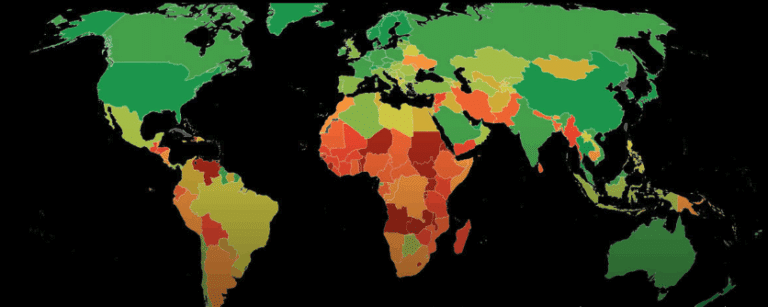Power prices are expected to soar under new tax cut and spending law
In states without policies to drive renewable energy, power prices could surge as federal tax incentives for clean energy disappear, according to Energy Innovation, a think tank.
Current Access Level “I” – ID Only: CUID holders, alumni, and approved guests only
Summaries by Tim Boersma & Akos Losz • April 18, 2017
By Tim Boersma, Akos Losz, and Astha Ummat
The Center on Global Energy Policy at Columbia University, together with NITI Aayog and the Confederation of Indian Industry, organized a day-long workshop on November 30, 2016, in Delhi to discuss the future of natural gas in India. CGEP drafted a brief summarizing key takeaways, observations, and questions for future research.
Key conclusions include:
As discussed previously, natural gas faces a competitive disadvantage relative to cheaper coal in the Indian energy system, at least on strictly market-based terms. Any strategy that seeks to promote gas over coal will require some form of government intervention.
Policy tools to this effect range from mandating a certain proportion of gas in the electricity sector to banning the use of coal in urban areas altogether. Some market participants have indeed advocated for such direct market intervention by the government.
While government mandates and bans can be highly effective in the short term, such policies can introduce and perpetuate serious market distortions and rigidities in the energy system. A better approach to addressing air quality problems and carbon emissions could be a combination of standards, mandates, and market-based instruments that collectively allow market participants enough flexibility to meet various emission and efficiency targets without prescribing the use of specific fuels or technologies.
However, a more flexible approach would greatly benefit from a concise, integrated national-level energy policy that defines—and clearly demarcates—the role of natural gas in India’s energy mix. A well-defined role and clear priorities around environmental sustainability versus affordability would help shape market design and provide guidance for the government in choosing the appropriate policy tools to achieve its objectives.
India is at a crossroads, but not because the country has a fundamental choice to make between coal and other fuel sources. There is no doubt that coal will play a prominent role in India’s energy economy. In some instances—when coal stoves replace traditional biomass in cooking applications, for example—this could even constitute progress. Rather, the country is facing a choice in how to create an integrated long-term energy policy that balances energy access and affordability with sustainability, health, and good governance. Failure to develop such a plan risks locking India into an energy pathway that jeopardizes the interests of its citizens.

Africa’s energy infrastructure is at a crossroads. Energy infrastructure remains a critical priority across the continent amid severe energy shortages

The Just Energy Transition Partnership (JETP) framework[1] was designed to help accelerate the energy transition in emerging market and developing economies (EMDEs) while embedding socioeconomic[2] considerations into its planning and implementation.

Full report
Summaries by Tim Boersma & Akos Losz • April 18, 2017